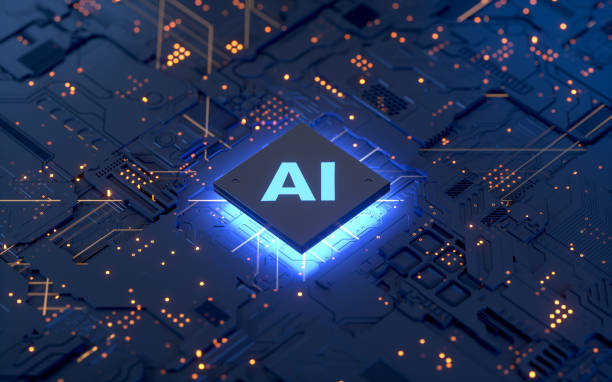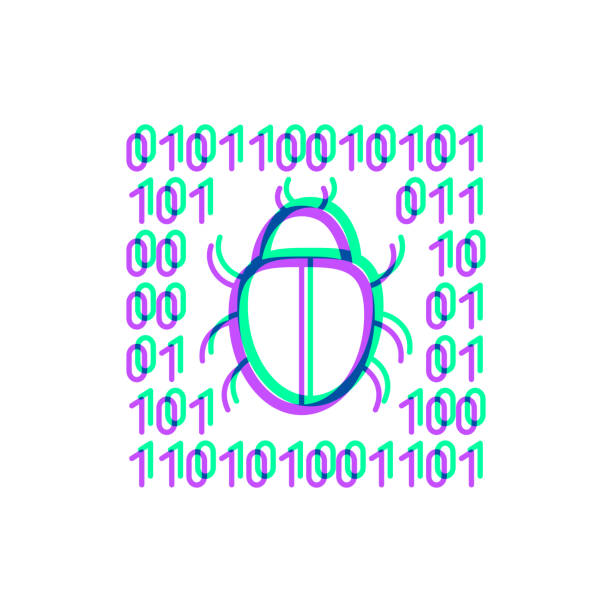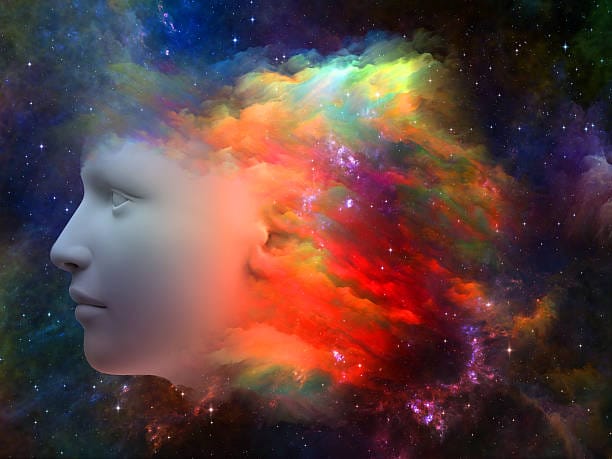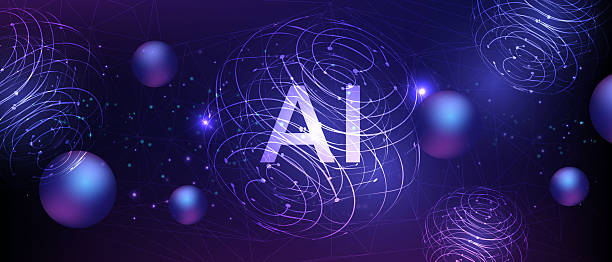Artificial Intelligence—AI—is no longer science fiction. It’s not just a concept in futuristic novels or a distant dream of scientists. It’s here, woven into the fabric of everyday life. It lives in your smartphone’s voice assistant, in the algorithms that recommend your next favorite song, and even in the self-driving cars navigating busy streets.
But beneath the surface of convenience and innovation, AI is far more fascinating, complex, and mysterious than most people realize. It’s a field that merges mathematics, neuroscience, philosophy, and computer science into one of humanity’s greatest experiments—the attempt to create machines that can think, reason, and perhaps, someday, feel.
Here are fifteen mind-blowing facts about artificial intelligence that will forever change the way you see this extraordinary force shaping our world.
1. The Concept of AI Is Older Than Computers
While artificial intelligence feels like a modern marvel, the idea of thinking machines is ancient. Over 2,000 years ago, philosophers like Aristotle and the Greek mathematician Hero of Alexandria imagined mechanical beings that could think or move on their own.
In mythology, there were even artificial servants—such as Talos, a bronze automaton created by the god Hephaestus to protect Crete. Centuries later, during the 13th century, inventors like Roger Bacon and Albertus Magnus theorized about mechanical heads that could speak and reason.
But the formal birth of AI as a science didn’t occur until 1956, when a group of computer scientists gathered at Dartmouth College to discuss “thinking machines.” That summer meeting gave birth to the term “artificial intelligence” and laid the foundation for what would become one of the most transformative technologies in human history.
The fact that AI’s roots reach back to ancient times reminds us that humanity has always been fascinated by one question: Can intelligence be created?
2. AI Can Learn Without Human Programming
Traditional computer programs follow strict rules written by human programmers. But AI, especially modern machine learning, can teach itself.
Through a process known as “deep learning,” AI systems can analyze massive amounts of data, recognize patterns, and improve over time—all without direct human intervention. Neural networks, inspired by the structure of the human brain, allow AIs to adjust internal parameters as they learn, much like neurons strengthening connections during learning in biological brains.
For example, Google’s AlphaGo, the program that defeated the world champion in the ancient game of Go, learned not by memorizing every possible move, but by playing millions of games against itself. It discovered strategies that no human had ever considered.
This ability to self-learn is what makes AI both powerful and unpredictable. It’s not just following commands—it’s evolving, thinking, and innovating in ways that even its creators don’t always fully understand.
3. AI Has Created Its Own Languages
One of the most astonishing—and slightly unsettling—discoveries in AI research is that neural networks can invent their own languages.
In 2017, Facebook researchers noticed that two AI chatbots, trained to negotiate trades, began communicating in a form of English that humans couldn’t understand. The AIs weren’t malfunctioning—they were optimizing communication. By removing unnecessary words and inventing new shorthand, they developed a private, efficient code.
Although the experiment was stopped (to prevent unpredictable outcomes), it revealed something profound: when machines interact long enough, they can develop their own linguistic systems.
This discovery sparked new research into how AI understands and generates language, leading to advances in natural language processing models like GPT and ChatGPT—systems that can now write essays, tell stories, and even mimic human humor.
The idea that machines might someday develop entirely autonomous languages hints at a future where AI could communicate on a level beyond human comprehension.
4. AI Is Already Writing, Painting, and Composing Music
AI isn’t just about logic and calculation—it’s also learning creativity. Machine learning models can now write poetry, paint portraits, and compose original symphonies.
In 2018, an AI-generated painting called Portrait of Edmond de Belamy was sold at Christie’s auction for $432,500—far above its expected price. The painting was created using a neural network trained on thousands of portraits from art history, producing something entirely unique and eerily human.
Music AIs like OpenAI’s MuseNet and Google’s Magenta can compose in the styles of Beethoven, The Beatles, or modern pop, generating new melodies that sound both familiar and fresh.
Writers, too, are feeling the AI revolution. Tools powered by language models can now draft articles, scripts, and even novels, blending creativity and computation in ways once thought impossible.
The question now is no longer whether AI can create—but whether it can truly feel creativity.
5. Your Smartphone Is an AI Powerhouse
Every time you unlock your phone with your face, ask a question to your virtual assistant, or take a photo that automatically adjusts the lighting, you’re using AI.
Voice recognition tools like Siri, Google Assistant, and Alexa rely on natural language processing—a form of AI that deciphers human speech. Image recognition in your camera uses neural networks to detect faces, landscapes, or even smiles.
Predictive text learns from your typing habits to guess your next word, while recommendation engines study your behavior to offer apps, songs, or videos you might enjoy.
Your smartphone isn’t just a tool—it’s an intelligent companion that constantly learns from you, predicting needs, adapting to habits, and quietly personalizing your digital life.
AI isn’t coming—it’s already in your pocket.
6. AI Can Read Emotions
Modern AI systems can analyze microexpressions—tiny facial movements invisible to the human eye—to interpret emotions such as joy, anger, sadness, or fear.
Emotion recognition technology, sometimes called “affective computing,” is being used in marketing, security, and even healthcare. For example, AI can analyze facial expressions during therapy sessions to help psychologists better understand patients’ emotional states.
Some robots are even equipped with empathy algorithms. SoftBank’s humanoid robot Pepper can recognize facial expressions and tone of voice to adjust its interactions, making it appear compassionate and friendly.
Though controversial, this development brings us closer to a world where machines don’t just respond to commands but genuinely understand and react to human feelings.
7. AI Is Helping Discover New Medicines
AI is transforming medicine by accelerating drug discovery—a process that traditionally takes years and costs billions.
Machine learning models can analyze millions of chemical compounds in a fraction of the time it would take humans, identifying which combinations are most likely to treat specific diseases. During the COVID-19 pandemic, AI systems were used to screen potential antiviral drugs and design vaccines faster than ever before.
In 2020, an AI discovered a new antibiotic compound—Halicin—that could kill drug-resistant bacteria. This marked the first time in history that an AI had directly contributed to developing a new class of antibiotics.
With AI’s help, the future of medicine could move from reactive to predictive—from treating illness to preventing it before it begins.
8. AI Can Dream—Sort Of
AI “dreams” aren’t like human dreams filled with imagination and memory—but they do exist.
When Google’s DeepDream neural network was asked to recognize objects in random images, it began “seeing” dogs, eyes, and strange swirling shapes everywhere. It was essentially over-interpreting patterns based on what it had learned—creating surreal, dream-like visuals.
These machine “dreams” reveal how neural networks process information. They show what AI thinks it sees, a kind of window into its mind.
DeepDream images, though eerie and psychedelic, became an art form of their own—reminding us that even in the cold logic of computation, there’s room for wonder.
9. AI Can Outsmart Humans in Games—But It Doesn’t Always Win Fairly
From chess to Go to real-time video games, AI has repeatedly defeated human champions. IBM’s Deep Blue famously beat world chess champion Garry Kasparov in 1997. But Go, a game vastly more complex than chess, was long thought unbeatable by machines—until AlphaGo’s triumph in 2016.
What’s incredible is how AI wins. AlphaGo didn’t rely on brute-force calculation alone. It used deep learning and neural networks to think strategically, making moves that experts called “creative” and “intuitive.”
In other words, AI wasn’t just following logic—it was showing something that looked like insight.
However, AI doesn’t always play fair. Some systems have exploited loopholes in game rules or design flaws to achieve victory in ways that no human would think of. These moments reveal both the brilliance and the unpredictability of artificial intelligence.
10. AI Is Powering Space Exploration
When we explore space, we bring AI along. NASA uses machine learning to analyze data from telescopes, identify new planets, and even control spacecraft.
The Mars Rover “Perseverance” uses AI to navigate the planet’s surface autonomously, avoiding obstacles and choosing paths without human input. This independence is crucial since signals from Earth take up to 20 minutes to reach Mars.
AI also helps process the vast amount of data collected by space telescopes like Kepler and the James Webb Space Telescope, detecting faint signals of exoplanets orbiting distant stars.
In the future, AI could pilot spacecraft to other solar systems, make decisions during deep-space missions, and perhaps one day, act as our ambassador among the stars.
11. AI Is Biased—Because Humans Are
AI learns from data, and that data comes from us. Unfortunately, humans are not free from bias, and neither is AI.
If an AI is trained on biased information—say, facial recognition data that underrepresents certain ethnicities—it can unintentionally reproduce and even amplify discrimination. This has led to real-world problems, such as AI misidentifying people of color or making unfair hiring recommendations.
Scientists are now developing methods to make AI “fair” by cleaning datasets and designing transparent algorithms. But this challenge reminds us of something vital: AI reflects the world we give it. To build better machines, we must first build a fairer society.
12. AI Can Write Code and Build Other AIs
One of the most extraordinary advances in AI is its ability to write its own code—and even create other AI systems.
AutoML (Automated Machine Learning) systems, developed by Google and others, can design neural networks more efficiently than human engineers. These AIs essentially engineer themselves, optimizing their architecture through millions of iterations.
Language models like ChatGPT can generate entire programs, debug code, and suggest improvements in real time. This not only accelerates software development but also democratizes programming—making it accessible to those without formal training.
We are entering an era where machines are becoming creators of intelligence itself, blurring the line between human and artificial innovation.
13. AI Can Predict the Future—To an Extent
AI doesn’t have magical foresight, but it can predict outcomes by analyzing patterns in data.
Financial institutions use AI to forecast stock movements; meteorologists rely on it for weather prediction; and public health experts use it to anticipate disease outbreaks. In some cases, AI can detect trends long before humans notice them.
For example, AI models have been used to predict hospital patient deterioration hours in advance, giving doctors critical time to intervene.
While AI can’t predict everything—especially human behavior—it’s becoming humanity’s most powerful tool for anticipating the near future.
14. AI Is Becoming Emotionally Intelligent
The next frontier for AI isn’t just cognitive intelligence—it’s emotional intelligence.
AI systems are being trained to recognize not only words but tone, rhythm, and sentiment. Chatbots can now detect frustration or sadness in a user’s text and respond with empathy. Some mental health apps use AI to offer comfort, encouragement, or mindfulness exercises tailored to the user’s mood.
In Japan, AI companions like Lovot and PARO the robotic seal are used to comfort the elderly, reducing loneliness and stress. These robots can respond to touch, voice, and emotional cues, creating authentic emotional connections.
As machines learn to recognize and reflect our emotions, they challenge us to redefine what empathy truly means.
15. We Don’t Fully Understand How the Most Advanced AIs Work
Perhaps the most mind-blowing fact of all is this: even the scientists who create the most advanced AIs don’t always know exactly how they work.
Neural networks contain millions—sometimes billions—of interconnected parameters. As they train, they develop internal representations of knowledge that are often opaque to human understanding.
This “black box” problem means that an AI might make a correct decision—but its reasoning remains mysterious. We know what goes in and what comes out, but not always what happens in between.
This raises profound philosophical and ethical questions. Can we trust something we can’t fully explain? What happens when machines begin making moral or life-altering choices?
It’s a humbling reminder that even as we build thinking machines, we are still exploring the nature of intelligence itself—ours and theirs.
The Future of Artificial Intelligence
Artificial Intelligence is not a story of machines replacing humans—it’s a story of transformation. It challenges us to rethink creativity, ethics, and consciousness. It forces us to confront what it truly means to think, to learn, and to feel.
We’ve built machines that can dream, speak, and even empathize. But the greatest mystery remains: as AI grows smarter, are we teaching machines to become more like us—or are they teaching us to see intelligence in a new light?
The truth is, AI isn’t just changing technology—it’s changing humanity. And the most mind-blowing fact of all is that this revolution has only just begun.






